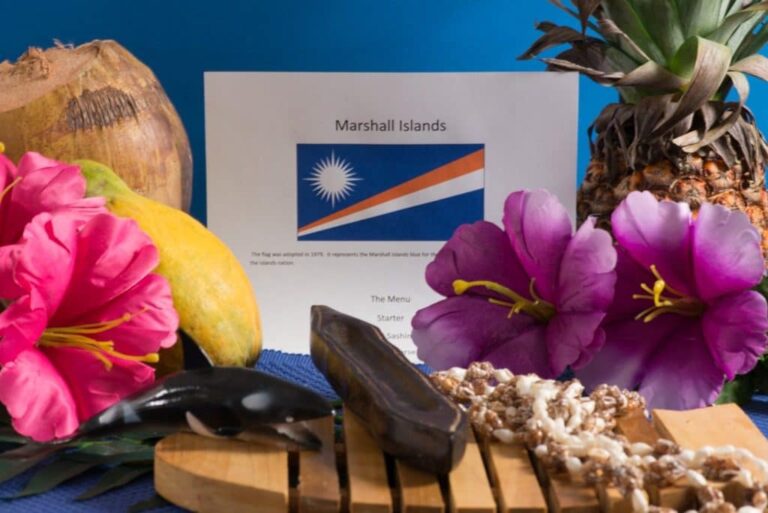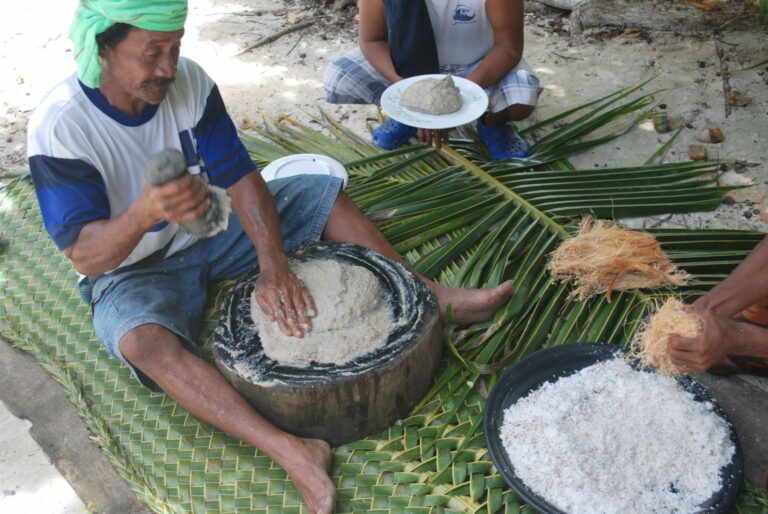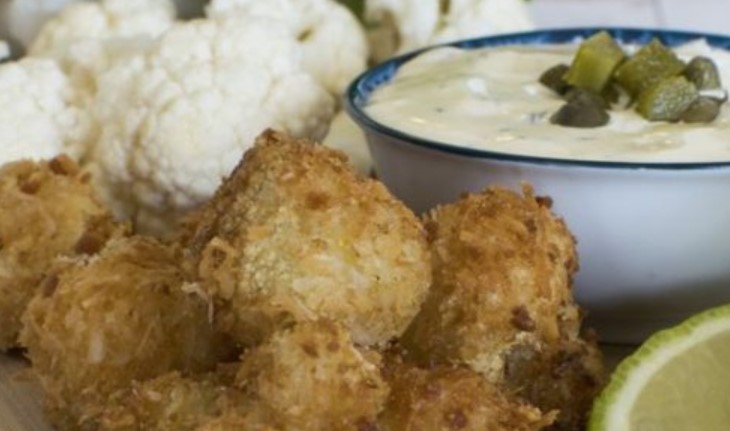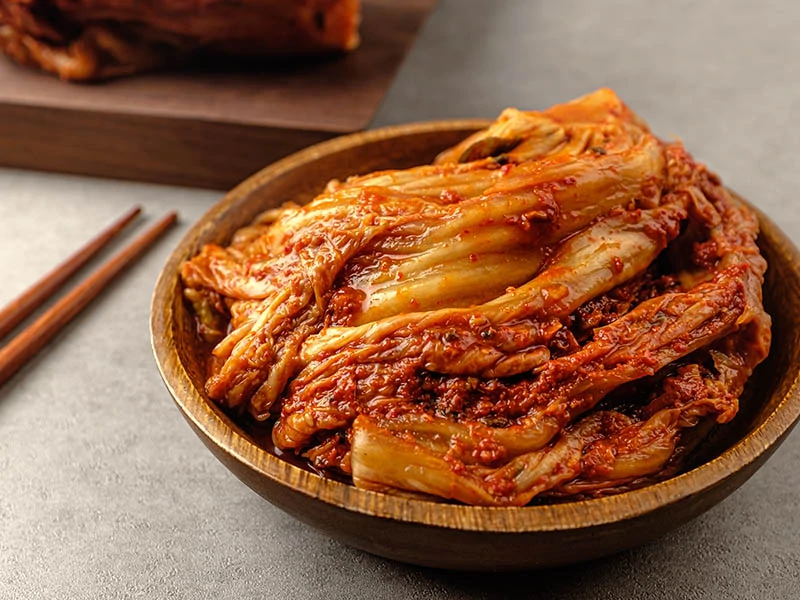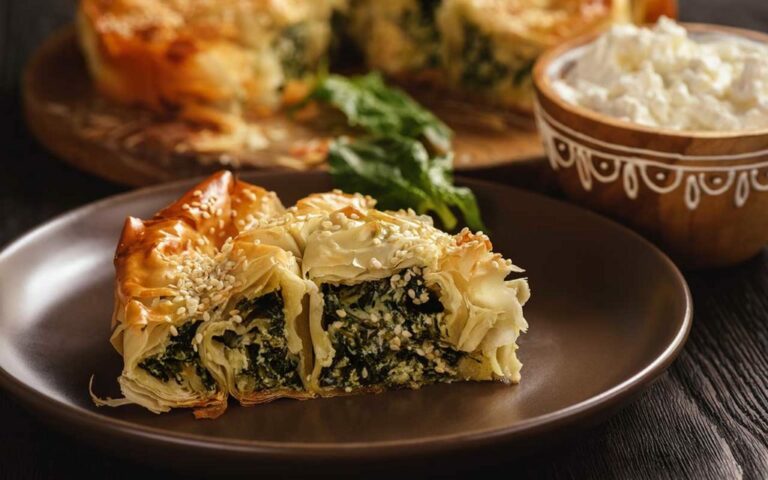Introduction: Diving into Marshallese Cuisine
Marshallese cuisine is a fusion of Polynesian, Micronesian, and Asian flavors, reflecting the country’s unique geographical location. The Marshall Islands, located in the Pacific Ocean between Hawaii and the Philippines, have a rich culinary history that has been shaped by both its past and present. From traditional dishes to modern adaptations, Marshallese cuisine is an integral part of the country’s culture and identity.
Historical Influences on Marshallese Food
The Marshall Islands were first settled by Polynesians, who brought with them their culinary traditions and ingredients such as taro, yams, and breadfruit. Later, the islands were visited by Spanish explorers, followed by German and Japanese colonial powers, bringing new flavors and cooking techniques to the islands. The Japanese introduced soy sauce and fish broth, which are now commonly used in Marshallese cooking. The Marshall Islands also have a strong fishing culture, which has influenced the use of seafood in traditional dishes.
Cultural Significance of Marshallese Ingredients
Marshallese cuisine is heavily dependent on locally sourced ingredients such as coconut, breadfruit, taro, and seafood. These ingredients are not only essential to the flavor of traditional dishes but also have cultural significance. For instance, coconut has multiple uses in Marshallese culture, from cooking to medicine and crafts. Breadfruit, also known as “ulu,” is considered a staple food and is often used in traditional dishes such as “kakke,” a porridge-like dish made with breadfruit and coconut milk.
Traditional Marshallese Dishes and Cooking Techniques
Traditional Marshallese dishes are straightforward and hearty, reflecting the country’s history of subsistence living. One of the most popular dishes is “ijebuk,” a fish soup made with coconut milk and local herbs. Another staple dish is “jebwotdak,” which is salted or dried fish that is cooked in coconut milk and served over rice. Marshallese cooking techniques are simple, with a focus on steaming, baking, and boiling, and a minimal use of spices.
Modern Marshallese Cuisine: Fusion, Adaptation, and Innovation
In recent years, Marshallese cuisine has undergone a transformation, with chefs incorporating new flavors and techniques to create fusion and modern dishes. For example, “poke,” a Hawaiian dish made with raw fish, has become popular in the Marshall Islands, and chefs have adapted it to include local ingredients such as coconut and breadfruit. Marshallese chefs are also experimenting with new cooking techniques, such as grilling and frying, to create unique dishes that reflect the country’s rich culinary heritage.
Conclusion: Celebrating Marshallese Food and Culture
Marshallese cuisine is an essential part of the country’s culture and identity, reflecting its rich history and unique geographical location. Traditional dishes are simple and hearty, with a focus on locally sourced ingredients and minimal use of spices. Modern Marshallese cuisine is a fusion of flavors and techniques, reflecting the innovation and creativity of local chefs. Whether traditional or modern, Marshallese cuisine is a celebration of the country’s culture and is enjoyed by locals and visitors alike.

